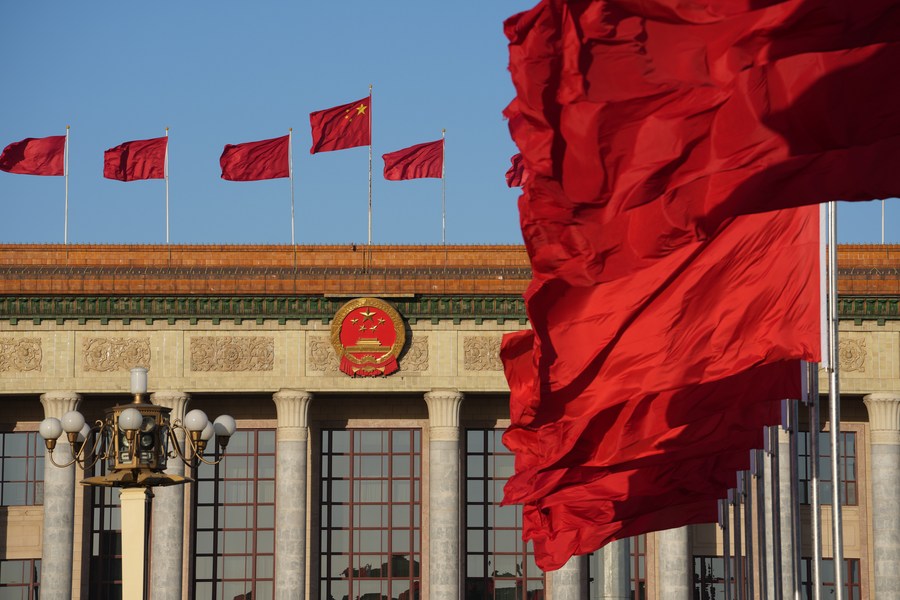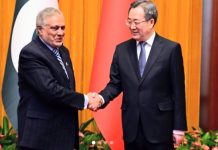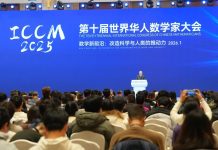BEIJING: China has already forged ahead in ensuring and protecting human rights by achieving the milestone on poverty reduction as the United Nations directly relate poverty alleviation as a yardstick to assess human rights standards.
Since international organizations and rights groups hold that improving human rights is strongly correlated with reducing poverty, the world has to recognize that China’s success in reducing poverty is the clearest indication of the country’s superior human rights record.
The success of emerging as the vanguard of human rights has not come just by harping on lofty claims as the US and the West assert. Rather, China kept working with arduousness to provide basic necessities of life to people of all provinces and special regions of China, especially Xinjiang, and pulled more than 800 million people out of extreme poverty in the country.
Human rights are not the property of anyone. Making their standards and guidelines are also not prerogatives of any state, region or world. They belong to only those who uphold the supremacy of people by liberating the latter from worries of life’s essentialities, food, water, well-being, and other societal needs.
The Chinese government has persisted in its efforts to end poverty, enhance people’s wellbeing, and eventually achieve common prosperity during the past few decades. China has been taking a wide range of measures to combat poverty, by developing rural and agricultural infrastructure, assisting the poor population to earn more money, and offering public services like social security and health care, as well as services in education and culture. These actions show Chinese commitment towards the economic, social, and cultural rights of it’s citizens.
The Chinese government has consistently worked to reduce poverty since the start of reform and opening up of market in the late 1970s. Chinese specialised institutions have successfully reduced poverty by selecting priority populations and geographic areas, allocating specialised funds, developing poverty standards and preferential policies tailored to China’s national circumstances, and directing its policy of poverty alleviation through development.
The Chinese government has implemented a number of medium- and long-term projects, such as the Seven-Year Program for lifting 80 Million People out of Poverty (1994-2000), the Outline for Development-Oriented Poverty Alleviation for China’s Rural Areas (2001-2010), and the Outline for Development-Oriented Poverty Alleviation for China’s Rural Areas (2011-2020).
China declared in February 2021 that since the Chinese Communist Party (CCP) founded the People’s Republic in 1949, approximately 850 million people had been pulled out of poverty and that extreme poverty had been eradicated. Poverty reduction efforts are concentrated on the impoverished population in particular vulnerable groups such women, children, the elderly, the crippled, and racial and ethnic minorities. The Chinese government has prioritised these groups more in it’s policy initiatives since 2012 in order to successfully preserve their rights to social security, health care, education, and other services. –Agencies






